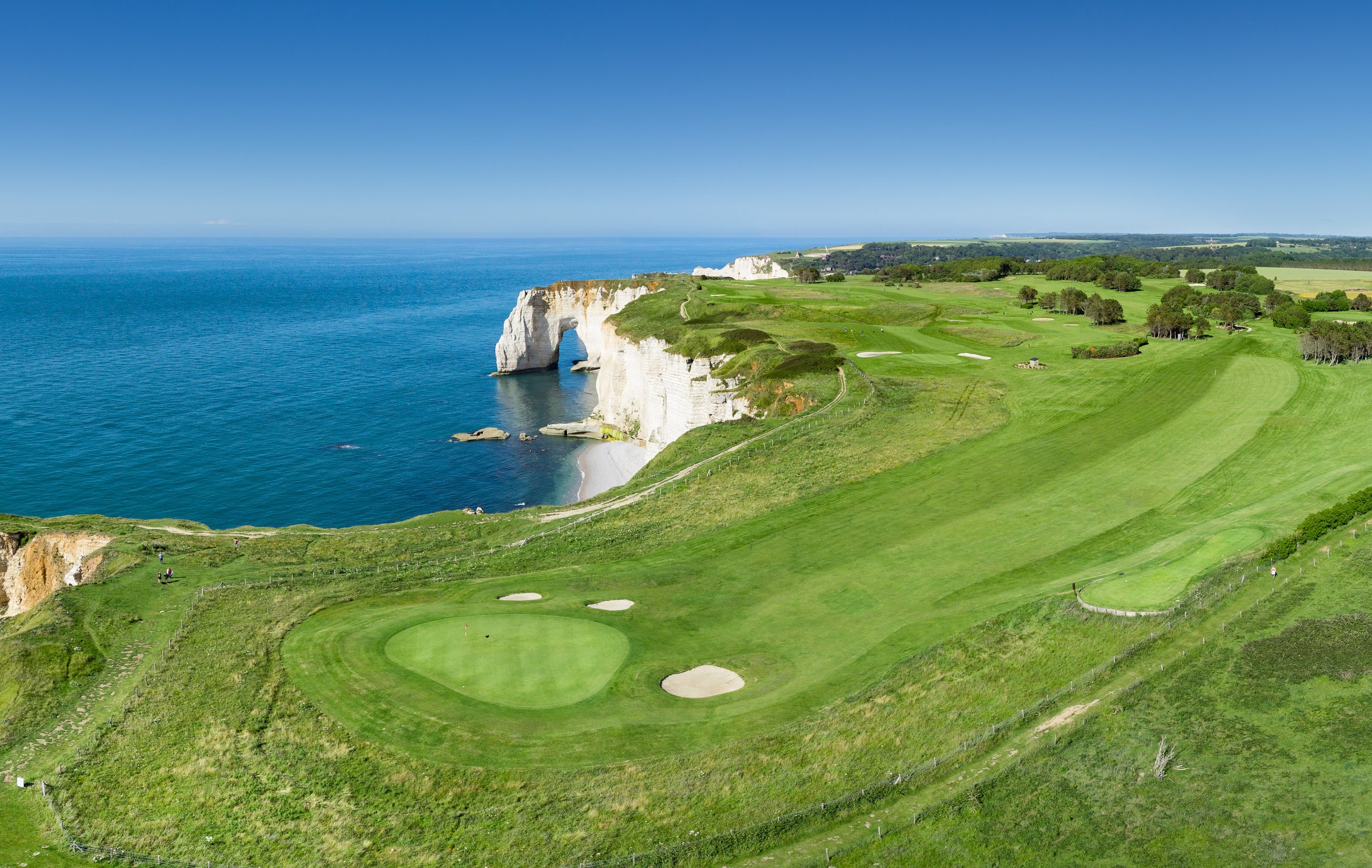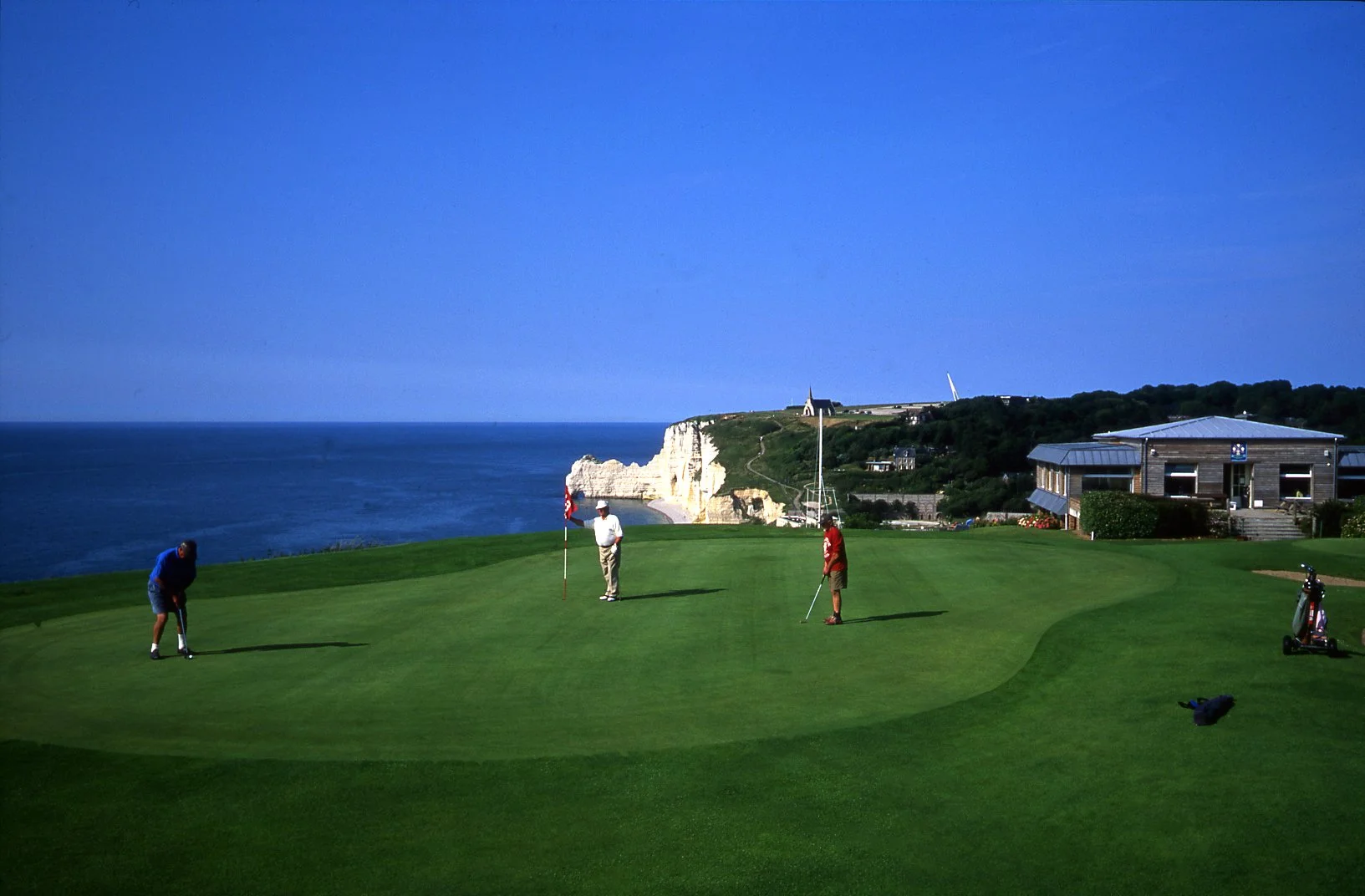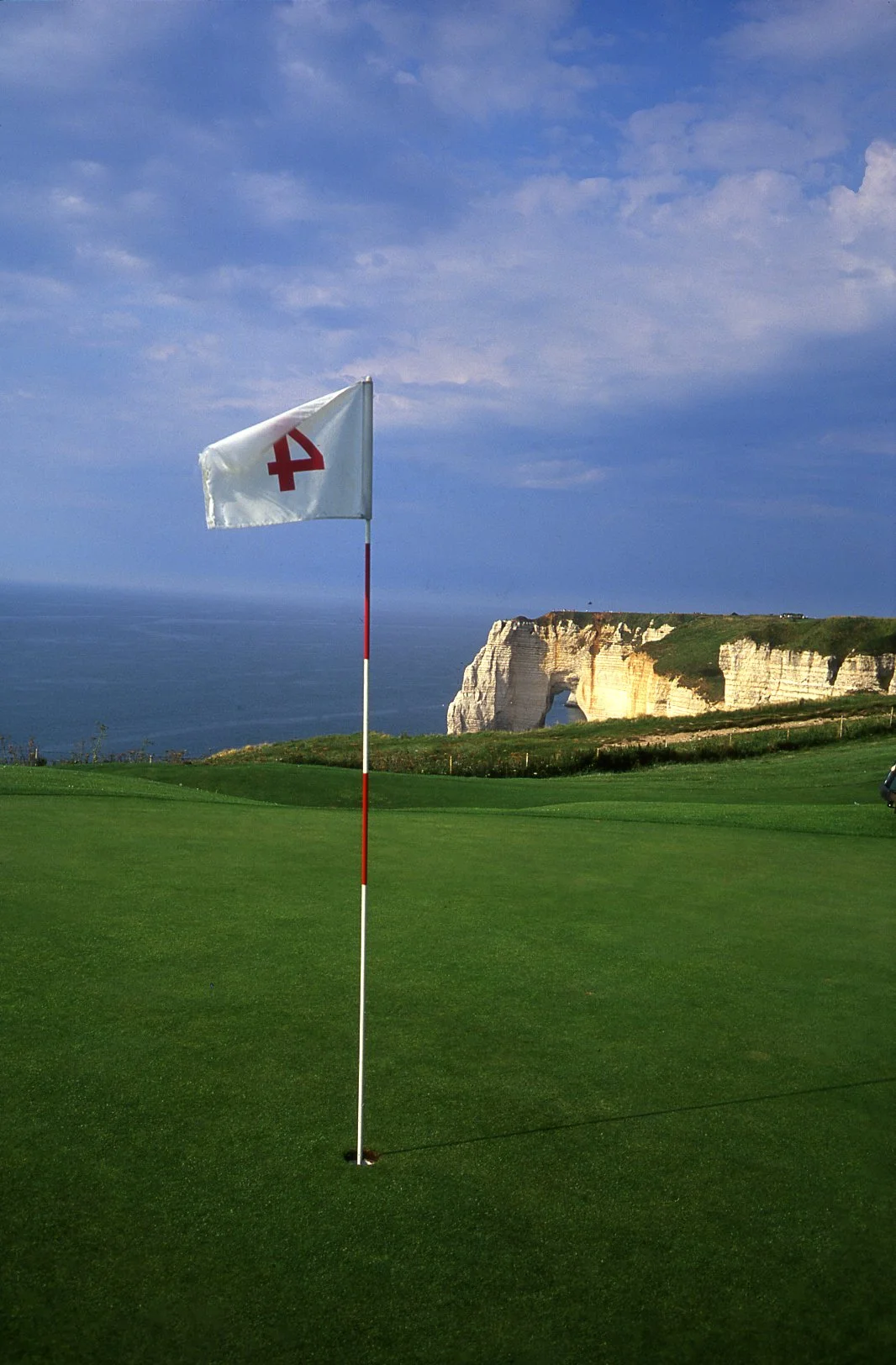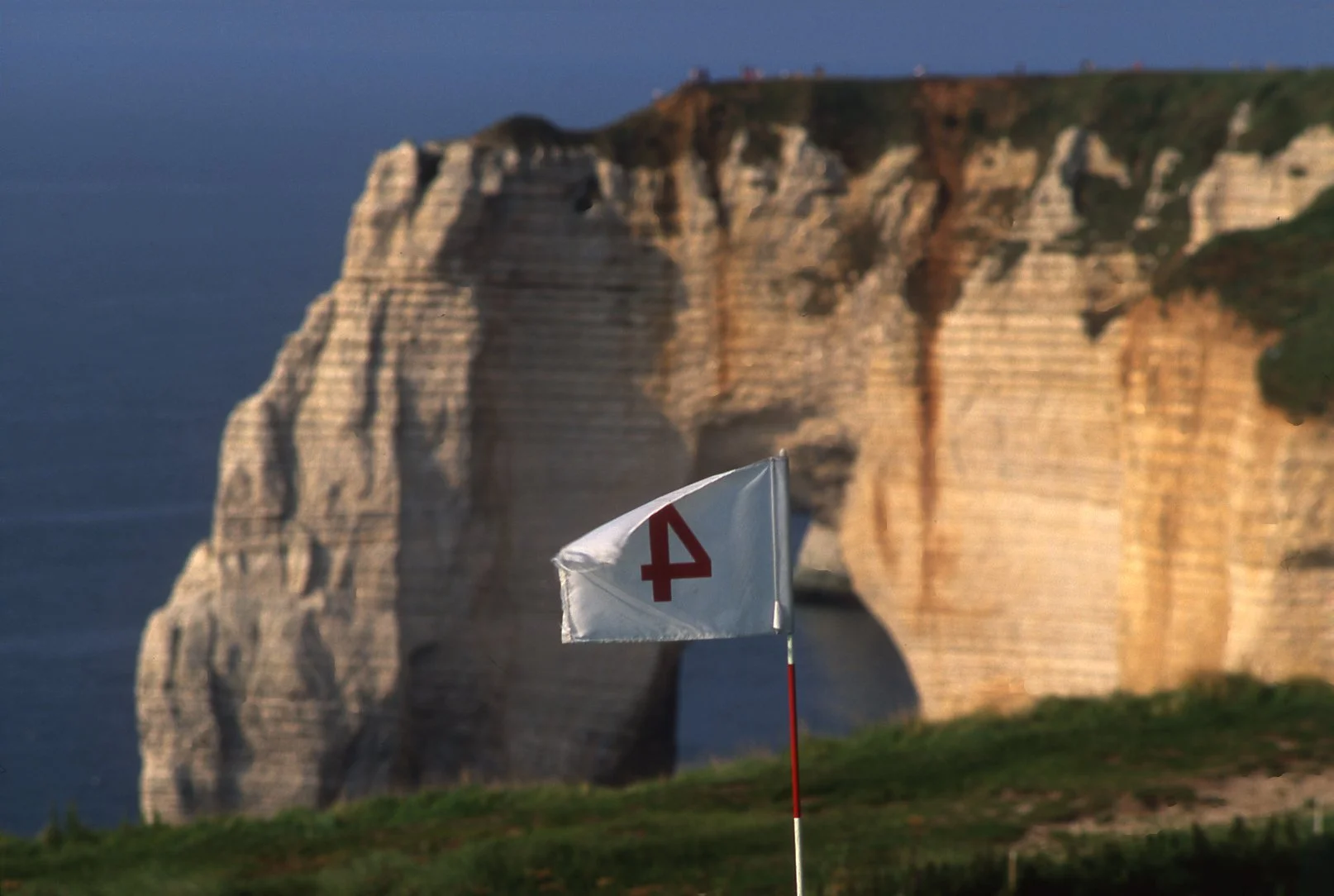
Discover Golf D'Etretat: A Premier Golf Destination
To stand on the first tee at Golf D'Etretat is to stand on the edge of the world. Here, perched some 50 meters above the English Channel, the game of golf is immediately contextualized by a landscape of such raw and dramatic power that it commands attention. This is the Côte d'Albâtre, the Alabaster Coast, a stretch of Normandy defined by its magnificent, vertical chalk cliffs that plunge into the turquoise sea. The air is alive with the scent of salt and the cry of gulls, and there is the ever-present wind, a constant playing partner that whispers, and sometimes roars, across the fairways.
The experience of Étretat is inseparable from its iconic natural landmarks, a visual vocabulary known to art lovers and travelers worldwide. To the west of the town, from the vantage point of the golf course, one can see the colossal arch of the Porte d'Aval, a formation that many, including the great Norman author Guy de Maupassant, imagined resembled an elephant dipping its trunk into the waves. Just beyond it stands the solitary, defiant sea stack known as L'Aiguille, or The Needle. To the east rises the Falaise d'Amont, the Upstream Cliff, completing a panorama of breathtaking scale and beauty. These are not mere backdrops; they are active participants in the round, their presence shaping shots, influencing strategy, and dominating the sensory experience of every hole.
This landscape has long been a site of artistic pilgrimage, a fact that imbues a round of golf here with a profound cultural resonance. The cliffs have been immortalized on canvas by the masters of Impressionism, including Claude Monet and Eugène Boudin, who were captivated by the ever-changing light on the white chalk. The setting also fired the literary imagination. It is within the fictional Aiguille Creuse, the Hollow Needle, that author Maurice Leblanc set the hiding place for the treasures of his famous gentleman-burglar, Arsène Lupin, making the landmark a fixture of French popular culture.
Many golf courses offer pleasant views, but few integrate their surroundings with such confrontational intimacy. The language used to describe Étretat is telling: fairways "run dangerously close to the edge" , and the golfer comes "face to face with the wind". The sea and cliffs are not passive scenery; they are hazards, strategic puzzles, and the very source of the course's challenge and allure. The wind, in particular, is described as the course's "worst enemy," capable of transforming a benign hole into a fearsome test. A round at Golf d'Étretat is therefore not simply a game played in a beautiful location; it is a dynamic encounter, a duel between the golfer and a course that serves as a living extension of the wild Alabaster Coast.
The story of Golf d'Étretat begins in the Belle Époque, a period when the once-modest fishing village had transformed into a fashionable seaside resort for the elite of Paris and Britain. It was in this cosmopolitan atmosphere that the golf course was born, founded in 1908 to cater primarily to the growing community of British expatriates and visitors who flocked to the Normandy coast.
The club's origins reflect a distinct Anglo-French collaboration. The initiative was driven by its British members, who installed a prominent Liberal politician, Viscount Bernard Forbes, the 8th Earl of Granard, as the club's first President.The founding membership included other notable British figures such as Lord Denham, a future deputy governor of Australia, and Lord Wodehouse. However, the design of the course itself was entrusted to a French duo: the architect Julien Chantepie and, most significantly, Arnaud Massy.
Golf D'Etretat
The excellence of Golf d'Étretat extends well beyond its final green. The club has clearly invested in creating an off-course experience that matches the world-class quality of its setting, demonstrating a keen understanding that for the discerning golf traveler, the day does not end with the final putt.
The centerpiece of the club's hospitality is its "entièrement rénové" (entirely renovated) clubhouse. This modern facility serves as the perfect "19th hole," offering a welcoming space for golfers to relax and relive their rounds. Its design capitalizes on the club's greatest asset: the view. The bar and restaurant feature a panoramic terrace with breathtaking vistas of the sea, the iconic cliffs, and the dramatic finishing hole. One reviewer, whose visit coincided with the renovation, noted that even the temporary facilities were excellent, a testament to the club's commitment to guest comfort.
The clubhouse restaurant is a destination in its own right. Rather than offering standard clubhouse fare, it presents an ambitious and inventive culinary program. The menu, which changes monthly, emphasizes fine, tasty cuisine and showcases the bounty of the Normandy coast, with local seafood being a particular highlight. This focus on quality transforms a post-round meal from a convenience into a genuine gastronomic experience, as confirmed by visitors who have described the lunch as "amazing" and "excellent".
Supporting the on-course experience are comprehensive and well-maintained facilities. The club features a pro shop noted for its helpful and welcoming staff, many of whom speak excellent English, a blessing for international visitors. For those looking to warm up or hone their skills, the practice amenities are more than adequate, including a driving range with 15 tees (8 of which are covered), a practice bunker, and a putting green. The club consistently receives high marks for its hospitality, creating an atmosphere that is both prestigious and genuinely friendly. This holistic approach ensures that the entire visit is seamless and memorable, cementing Golf d'Étretat's status as a premier golf destination.











